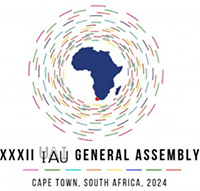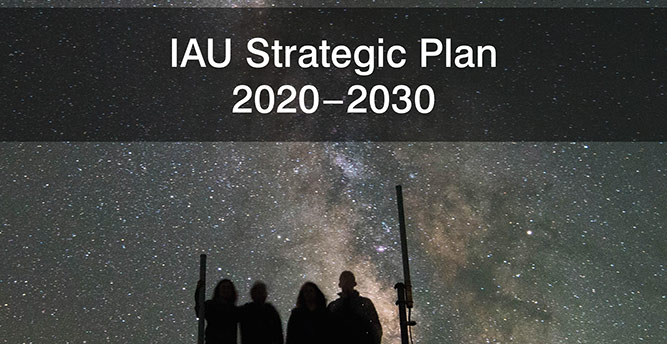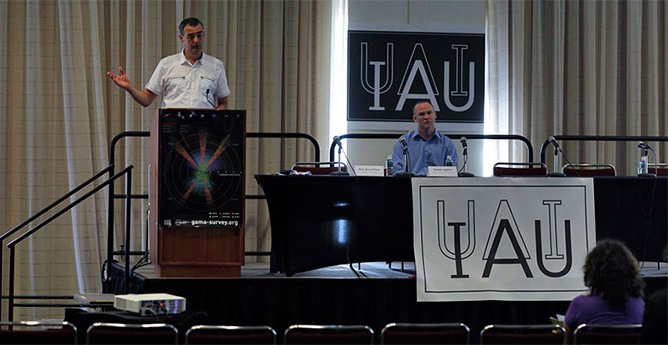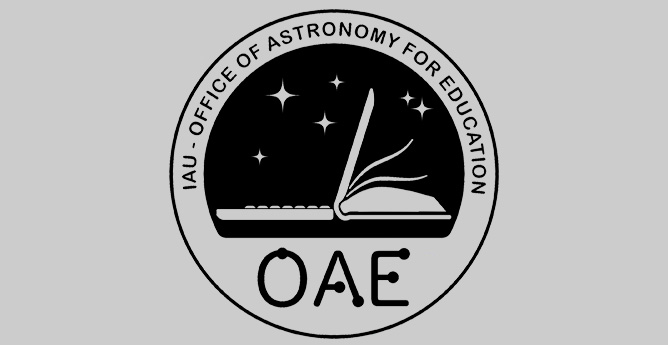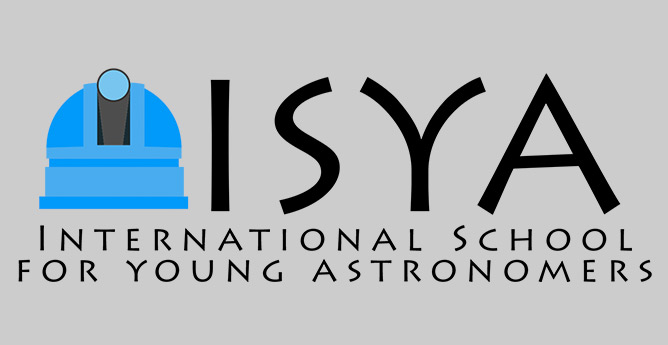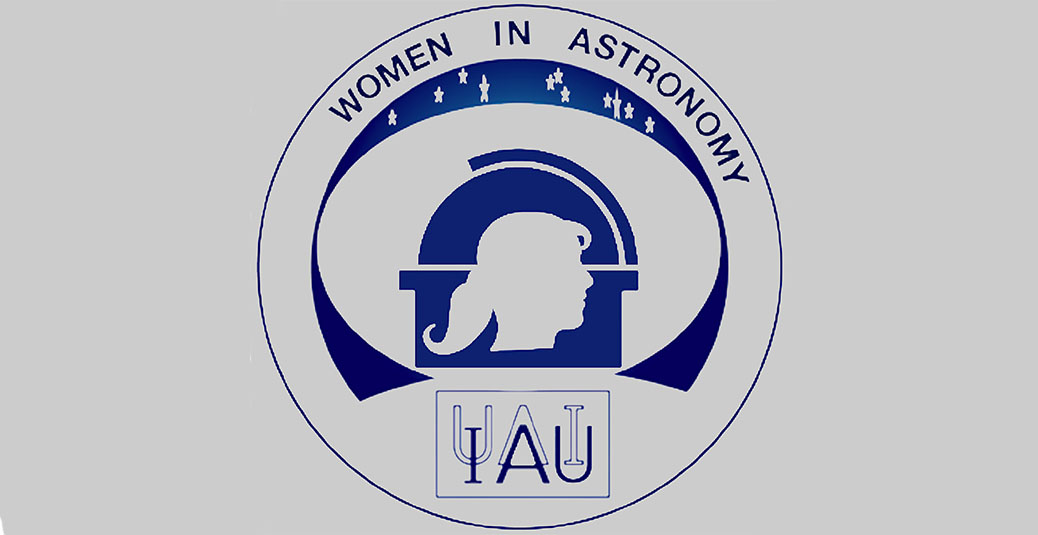- News
- Science
- Scientific Bodies
- Divisions
- Commissions
- Commission A1 Structure
- Commission A2 Structure
- Commission A3 Structure
- Commission A4 Structure
- Commission B1 Structure
- Commission B2 Structure
- Commission B3 Structure
- Commission B4 Structure
- Commission B5 Structure
- Commission B6 Structure
- Commission B7 Structure
- Commission C1 Structure
- Commission C2 Structure
- Commission C3 Structure
- Commission C4 Structure
- Commission D1 Structure
- Commission E1 Structure
- Commission E2 Structure
- Commission E3 Structure
- Commission E4 Structure
- Commission F1 Structure
- Commission F2 Structure
- Commission F3 Structure
- Commission F4 Structure
- Commission G1 Structure
- Commission G2 Structure
- Commission G3 Structure
- Commission G4 Structure
- Commission G5 Structure
- Commission H1 Structure
- Commission H2 Structure
- Commission H3 Structure
- Commission H4 Structure
- Commission J1 Structure
- Commission J2 Structure
- Commission J3 Structure
- Commission X1 Structure
- Commission X2 Structure
- Past Commission Organising Committees
- Working Groups
- Centres
- Scientific Meetings
- Rules & Guidelines
- General Assemblies
- Meeting Proposals
- Future IAU Meetings
- General Assemblies
- EC Meetings
- Officers' Meetings
- Regional Meetings
- Symposia
- Focus Meetings
- Institutional Meetings
- IAU Offices Meetings
- IAU-Sponsored Meetings
- Letters of Intent submitted for 2024
- Letters of Intent submitted for 2023
- Letters of Intent submitted for 2022
- Letters of Intent submitted for 2021
- Letters of Intent submitted for 2020
- Past IAU Meetings
- Templates
- Other Meetings
- Grants & Prizes
- Scientific Bodies
- Publications
- IAU Publications
- IAU Strategic Plan
- Symposia
- WGSBN Bulletins
- Regional Meetings
- Information Bulletins/Catalyst
- E-Newsletters
- Focus Meetings
- Transactions A
- Transactions B
- Related Publications
- GA Newspapers
- CAPjournal
- IAU Books
- Brochures
- IAU Offices
- WG Reports
- Commission Reports
- Division Reports
- Past IAU Publications
- Rules, Guidelines and Instructions for Proceedings
- Publishers
- IAU Publications
- Administration
- About the IAU
- Statutes & Rules
- IAU Policies
- IAU Executive Bodies
- IAU Secretariat
- Resolutions
- Members Administration
- Administrative Dates & Deadlines
- International Organisations Relations
- Donate to the IAU
- Training in Astronomy
- Astronomy for Education
- Astronomy for Development
- Astronomy for the Public
- Office for Astronomy Outreach
- FAQ
- Themes
- Satellite Constellations
- Astronomy in Everyday Life
- How to Report a Discovery
- Careers in Astronomy
- Defining our Place in the Cosmos
- The Constellations
- Light Pollution
- Measuring the Universe
- Near Earth Objects
- How to Participate in Astronomy Research
- Naming of Astronomical Objects
- Naming of Exoplanets
- Buying Star Names
- Naming Stars
- Pluto and the Solar System
- IAU Member Statistics
- Our Moon: the Moon
- Meteors & Meteorites: The IAU Definitions of Meteor Terms
- UNESCO-IAU Portal to the Heritage of Astronomy
- Social Media
- Past Events
- Call for Online Resources
- Astronomy@Home Awards
- Contact
Commission B3 Astroinformatics and Astrostatistics
News
-
Next IAU-IAA Astrostats & Astroinfo online seminar: 14 Mai 2024 / 16:00 (UTC)
Javier Carrón Duque (Instituto de Física Teórica, Madrid, Spain)
Going Beyond Gaussianity and Isotropy in Cosmology: Minkowski Functionals and other statistics
Abstract: Homogeneous and isotropic Gaussian fields are fully described by their 2pt correlation function. However, these assumptions are not always met in the study of cosmological fields. In order to extract further information, the cosmological community has adopted a rich variety of statistics. One of the most interesting is Minkowski Functionals (MFs), powerful statistical tools used to describe the geometry and topology of observable fields. They have seen diverse applications, such as blind tests of non-Gaussianity in the Cosmic Microwave Background (CMB), enhancing parameter constraints, and analyzing Large Scale Structure (LSS). In this talk, I will demystify MFs, focusing on their mathematical underpinnings and demonstrating their versatility in cosmological research. I will particularly highlight recent advancements in applying MFs to CMB polarization, which opens new avenues for testing Gaussianity and isotropy. Finally, I'll introduce 'Pynkowski,' an accessible public Python package we developed for computing MFs and other statistics across various data types, also including theoretical predictions. This talk aims to elucidate the role of MFs and similar higher–order statistics in modern cosmology and encourage further exploration of their potential.
- Fink has been selected as a community broker to process the full stream of alerts from the Vera C. Rubin Observatory. Since 2019, Fink is processing the alert stream from the Zwicky Transient Facility (ZTF).
More information about Fink can be found at https://fink-broker.readthedocs.io
Astrostatistics Newsletter
If you have been wanting to stay up to date on the happenings in the astrostatistics community, or to learn more about astrostatistics, please subscribe to Astrostatistics News. Astrostatistics News (AN) is a newsletter designed to inform, promote, cultivate, and inspire the astrostatistics community. AN serves the astrostatistics community by highlighting and describing recent research developments in astrostatistics at an accessible level to the diverse backgrounds of its members, sharing interesting new algorithms, software, or data sets, promoting relevant events, and striving to inspire new researchers to join in the fun. We anticipate 2 - 3 issues per year, with the potential for more.
To subscribe to Astrostatistics News, go to https://groups.google.com/g/astrostatistics-news and select the “Join group” button. You will need to be logged into your Google account to join the group.

